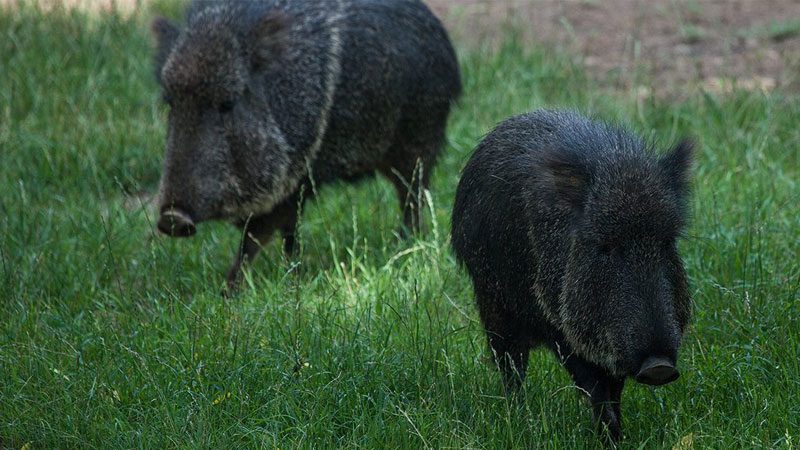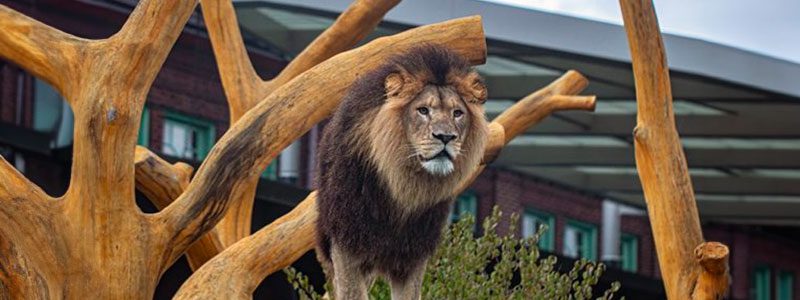
Chacoan Peccary
Camel & Zebra
Did You Know?
- These animals are named for the Gran Chaco in central South America, a semi-arid lowland. They prefer dry thorn forests and open woodlands.
- Indigenous groups call the peccaries “taguá” in the Guarani language and knew of them long before Western scientists, who wrongly thought they were extinct until the 1970s.
- In 1986, Lincoln Park Zoo helped fund Proyecto Tagua, an initiative that studies and breeds Chacoan peccaries. Animals in the Assocation of Zoos and Aquariums’ Chacoan Peccary Species Survival Plan® are descended from the animals in that group.
Don’t See the Animals?
Why aren’t animals visible at all times? To promote positive animal welfare, we provide animals with choices. They can choose to spend time in areas that are out of public view.

Take an Animal Home with You
Overview
Scientific Name: Catagonus wagneri
Class: Mammals
Diet: Cacti, fruits, seeds, and roots (carrion, insect larvae)
Range: Gran Chago region of Paraguay, Bolivia, and northern Argentina
Endangered Status: Endangered
More Information
Chacoan peccaries are small, hoofed mammals that resemble their distant relatives, pigs and hogs. They can be between 35–44 inches long and weigh up to 88 pounds. They’re brownish-gray in color and covered in medium-length hair. They are distinguished from other peccary species by their larger heads, snouts, ears, and legs.
Chacoan peccaries are active during the day and often social; they can be found in groups of up to nine animals. However, they’re also territorial, with home ranges of 4-6 square miles. They mate in April and May and have litters of up to four young at a time. Their numbers are fragmented due to hunting, habitat loss, and disease.
